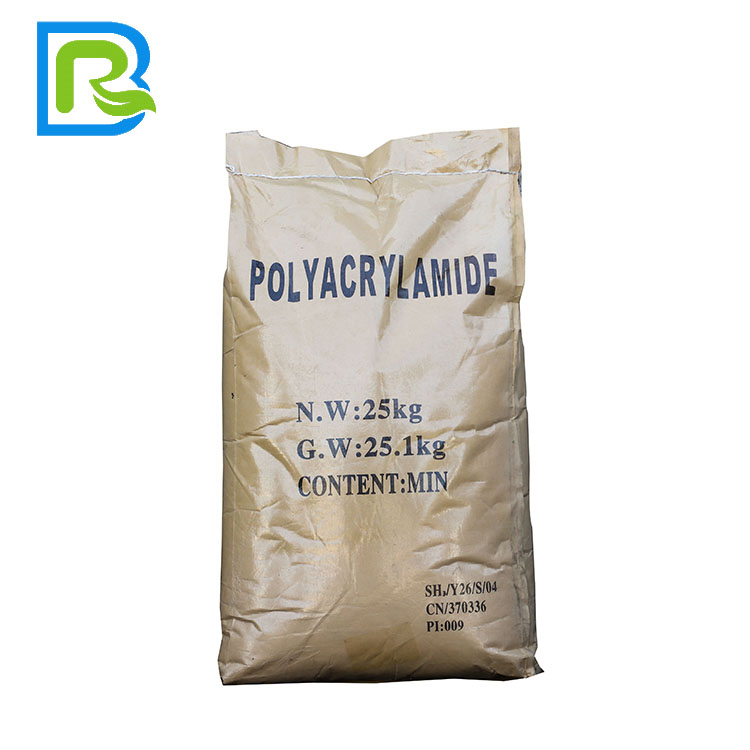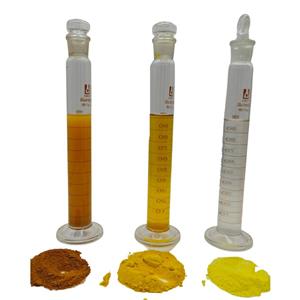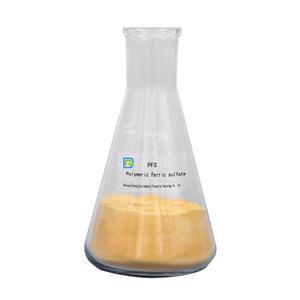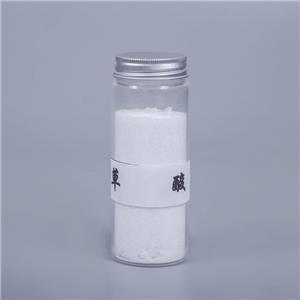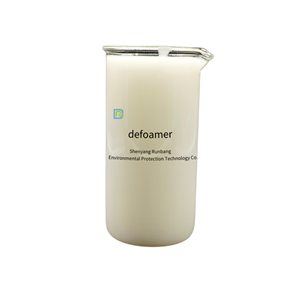Differences and Applications of Polyacrylamide Series Products in Different Industries(Ⅰ)
Water Treatment Chemicals: Differentiation and Applications of Polyacrylamide (PAM) Series Products in Different Industries
Product Description:
Polyacrylamide (PAM) is a linear high molecular polymer with the chemical formula (C3H5NO)n. It exists as a crystalline solid at room temperature and is available in forms such as solutions, emulsions, white powders, semi-transparent beads, and sheets. It exhibits good thermal stability and can dissolve in water in any proportion, forming a homogeneous and transparent liquid solution. Polyacrylamide is widely used in drilling, acidizing, fracturing, water plugging, cementing, secondary and tertiary oil recovery processes as a lubricant, suspending agent, clay stabilizer, oil displacing agent, water loss reducer, and thickening agent. It is an important chemical in the oilfield industry.
Key Features:
1. Clarification and purification effects.
2. Sedimentation promotion effects.
3. Filtration enhancement effects.
4. Thickening and other effects.
5. Paper retention effects.
6. Sludge dewatering effects.
Different pH Range of Products:
1. Anionic Polyacrylamide has an effective pH range of 5-14, performing well in weakly acidic, neutral, and alkaline environments. It is suitable for wastewater containing positively charged substances, such as electroplating plants, steel plants, battery factories, coal washing plants, metallurgical wastewater, and sand washing plants.
2. Cationic Polyacrylamide has an effective pH range of 7-14, showing good performance in neutral and alkaline water conditions. It is suitable for wastewater containing negatively charged substances, such as leather factories, paper mills, municipal sewage treatment plants, and special metal extraction processes.
3. Non-ionic Polyacrylamide has an effective pH range of 2-8, exhibiting good performance in neutral and acidic water conditions. It is suitable for complex wastewater with charged properties.
Product Structure Differentiation:
Cationic Polyacrylamide (CPAM): It is a linear high molecular compound with various active functional groups, capable of forming hydrogen bonds and affinity with many substances. It mainly flocculates negatively charged colloids.
Anionic Polyacrylamide (APAM): It is a water-soluble high molecular polymer primarily used for flocculation, sedimentation, and clarification in various industrial wastewater treatment processes, such as steel plant wastewater, electroplating plant wastewater, metallurgical wastewater, coal washing wastewater, and sludge dewatering. It can also be used for drinking water clarification and purification. Due to the presence of polar functional groups in its molecular chain, it can adsorb suspended solid particles in water, bridging particles or causing particle agglomeration through charge neutralization, thereby accelerating particle settling, enhancing solution clarification, and promoting filtration.
Non-ionic Polyacrylamide (NPAM): It is a high molecular polymer or polyelectrolyte with polar functional groups in its molecular chain, allowing it to adsorb suspended solid particles in water and form large flocs by bridging between particles. It accelerates particle settling in suspensions, leading to significant enhancement in solution clarification and filtration. Non-ionic polyacrylamide is highly hydrophilic due to the presence of amide or ion-functional groups in its molecular chain. It can be dissolved in varying proportions in water and exhibits good tolerance to electrolytes such as chloride and sodium sulfate. It is also compatible with surfactants.
